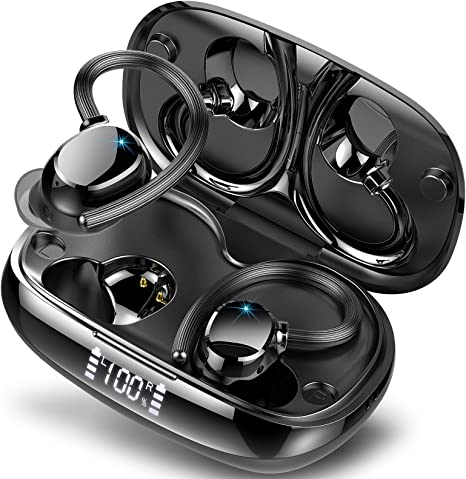The Flavor Equation: How Time and Temperature Tell Your Coffee's Story
Update on Oct. 11, 2025, 4:55 p.m.
Have you ever experienced this paradox? You buy a bag of expensive, wonderfully aromatic coffee beans. On Monday, you brew a cup that is bright, sweet, and perfectly balanced. On Tuesday, using the exact same beans, you get a cup that’s disappointingly sour and thin. How can the same raw material produce such wildly different results?
The secret lies in how you “read” the story locked inside the beans. This process is called extraction, and it’s a delicate chemical dance. Think of a single particle of ground coffee as a tiny, complex treasure chest. Your job as the brewer is to use hot water to unlock and pull out the right treasures—the sugars, oils, and fruity acids—while leaving the undesirable ones, like bitter compounds, behind. And this treasure hunt is a race governed by two simple variables: temperature and time.

The Great Extraction Race
When hot water meets ground coffee, a race begins. The water, a powerful solvent, starts dissolving hundreds of different flavor compounds. Crucially, these compounds don’t all dissolve at the same speed. They emerge in a predictable sequence:
- First out are the fats and acids. These are the easiest to dissolve and are responsible for the coffee’s aroma, and its bright, fruity, or floral notes. If the process stops here, the coffee will be sour and grassy.
- Next come the sugars. These take a bit more time and energy to extract. These are the compounds that give coffee its sweetness, body, and caramel or chocolate notes, balancing out the initial acidity.
- Last to leave are the plant fibers (melanoidins). These are the heaviest, most stubborn compounds. They contribute to a coffee’s body, but if you extract too many of them, they are intensely bitter and astringent, like chewing on burnt wood.
The perfect cup of coffee is one where you stop the race right after you’ve extracted enough sugars to balance the acids, but before you’ve unleashed the legion of bitter compounds. The two main controls on your dashboard for this race are temperature and time.
The Temperature Dial: The 195°F Rule
Temperature is the energy you give the water to perform its solvent magic. It’s the accelerator pedal for the extraction race. The Specialty Coffee Association (SCA) has researched this extensively and found a “golden window” for brewing: between 195°F and 205°F (90°C - 96°C).
- Below 195°F (Under-extracted): The water doesn’t have enough energy. It can only dissolve the easily-grabbed acids on the surface of the coffee grounds. You miss out on the sugars, resulting in a cup that is disappointingly sour and thin.
- Above 205°F (Over-extracted): The water is too aggressive. It violently rips out everything, including an excess of those deep, bitter plant fibers. This leads to a harsh, astringent, and often burnt-tasting cup.
This is why many modern coffee makers, like the Instant Pod, are engineered to heat water to a precise 195°F. It’s a smart, conservative target—hot enough to get the job done, but safely at the lower end of the ideal range to prevent accidental over-extraction and bitterness.
The Time Dial: The “Bold” Button Trick
Even with the perfect temperature, you still need the right amount of time. If the water rushes through the coffee grounds too quickly, it won’t have a chance to dig deep and find the sugars, even if it has enough energy. This is where contact time, or “dwell time,” comes in.
Many machines now offer a way to control this variable. A “Bold” button, for example, is a simple time manipulator. When you press it, the machine doesn’t add more coffee or make the water hotter. Instead, it slows down the pump, letting the water trickle through the grounds more slowly.
This increased dwell time gives the water precious extra seconds to dissolve those harder-to-get sugars and oils. The result is a cup with more body, more sweetness, and a more intense, “bolder” flavor. You’ve simply allowed the extraction race to run a little longer, capturing more of the good stuff from the middle of the sequence.

Becoming the Conductor
Understanding temperature and time transforms you from a passive button-pusher into an active conductor of your coffee’s flavor symphony. These two variables are your primary instruments.
Your machine’s presets are a great starting point, but now you have the knowledge to troubleshoot and experiment. Is your coffee tasting a little sour? Maybe the “Bold” setting will give it the extra time it needs to find its sweetness. Using a dark, oily roast that gets bitter easily? A machine set to a lower temperature like 195°F is your ally.
By mastering the simple, powerful equation of flavor—(Temperature + Time) = Extraction—you unlock the ability to truly read, and then beautifully tell, the story hidden inside every single coffee bean.



















